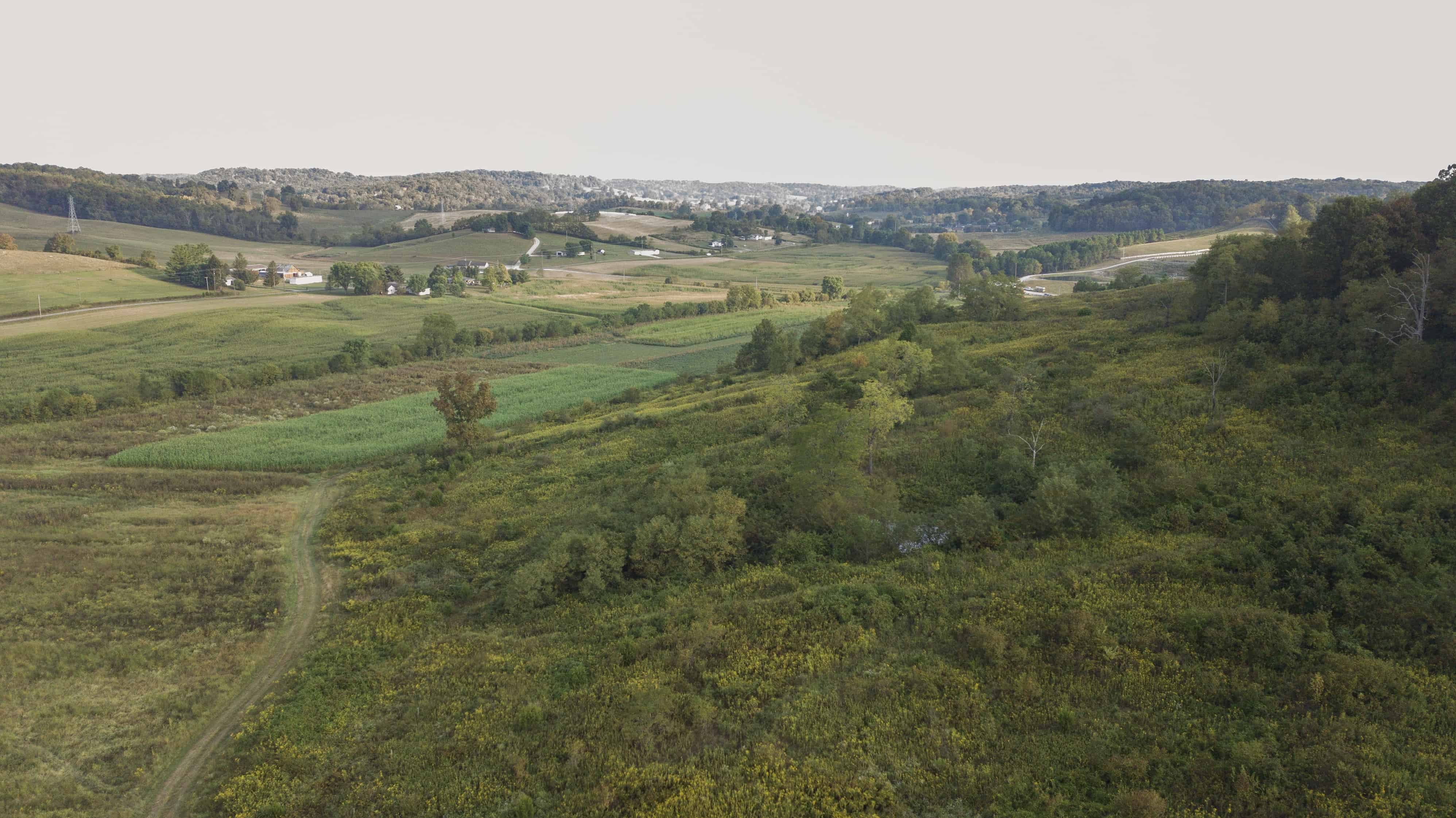Maximizing your farm to improve the habitat for all wildlife. Managing every acre to create a landscape flourishing with wildlife.
Usable space has been misunderstood, and consistently overlooked in the world of wildlife management. Usable space is a term coined by Dr. Fred Guthery in the late 1990’s, and was used to describe bobwhite quail habitat. However, the term has far wider use than just for quail. In fact, most species's habitat could be evaluated within the context of usable space. In simple terms, usable space is suitable cover at a given time. Suitable, and time, are two components that are often lost in the analysis. What this really means is, maximizing suitable cover over a high percentage of a property for the longest amount of a year possible. Some species of wildlife utilize the same cover (habitat) all year, while others shift their habitat preferences throughout the seasons. Let’s use quail as an example, since that is why Dr. Guthery created this term originally.
Quail need a diversity of grasses, forbs, bare ground and shrubby escape cover. There are a lot of species of plants that can fill this need, which is proven by the fact that quail persist from Texas, up to Iowa and down to Florida. However, the arrangement of these plants, and their density is what determines if a specific area is “usable”. If the grass is too thick, then we have little or no bare ground, thus we aren’t meeting one of the four requirements for quail, and the quail chicks will be unable to navigate through the thick grass. When we have all forbs and no grass, we wouldn’t have anywhere for the quail to build a nest. If an area had grass in one quarter, forbs in another quarter, shrubs in another quarter, and bare ground in the last corner, that obviously doesn’t work well for quail. These components must be distributed evenly across the landscape to make the entire area usable. Let’s consider something that can be UNUSABLE for much of the year for quail, food plots. If a food plot is installed using conventional tillage, there is a several week period where the field is bare dirt. This provides no habitat for quail. While growing, perhaps the quail get some use of the field for a few months, but depending on the crop type, it may no longer be usable after leaf drop. Soybeans are a good example. Quail may spend some time with broods in the soybeans in the middle of the summer, but after leaf drop, the field is too open for quail to spend any time safely foraging, with the exception of the edge. In this example, this food plot is not “usable” for nesting or winter cover, thus it doesn’t maximize usable space, due to the lack of usability throughout much of the year.
The same applies to other species, like deer or turkeys, although they make some seasonal adjustments. Turkeys for example need open, short vegetation to strut in the spring. But no one would recommend mowing every inch of your farm for strutting, just because they need this type of habitat 2 months of the year. Rather, we know that they need nesting cover in the form or grasses. They also need brood rearing areas rich in insects. To have insects, we need forbs (weeds). So again, we need these intermixed to get the most amount of usable space in the same given area. But turkeys also need winter food, which can be grain crops or hardwood forest mast like acorns, or a mix of both. Then, we all know they need trees to roost in. If the species of trees are correct, turkeys can roost and have acorns to eat in the same tract of timber. Additionally, if we managed our timber correctly, we can have grasses and forbs in the understory. So, just like the quail example, we are providing all the necessary food and cover throughout the entire year within one habitat type, rather than broken up across the farm in different units. All these same principles apply to deer, or any other species you are managing for. Consider all the necessary habitat requirements, then construct a management plan that will provide as many of those components in the same given area. If you can do that, you can maximize your USABLE SPACE.
Kyle Hedges - Land & Legacy Consultant
For more information checkout this video with Frank Loncarich about Usable Space - https://www.youtube.com/watch?v=HlC2vjEs4Yg&t=8s

